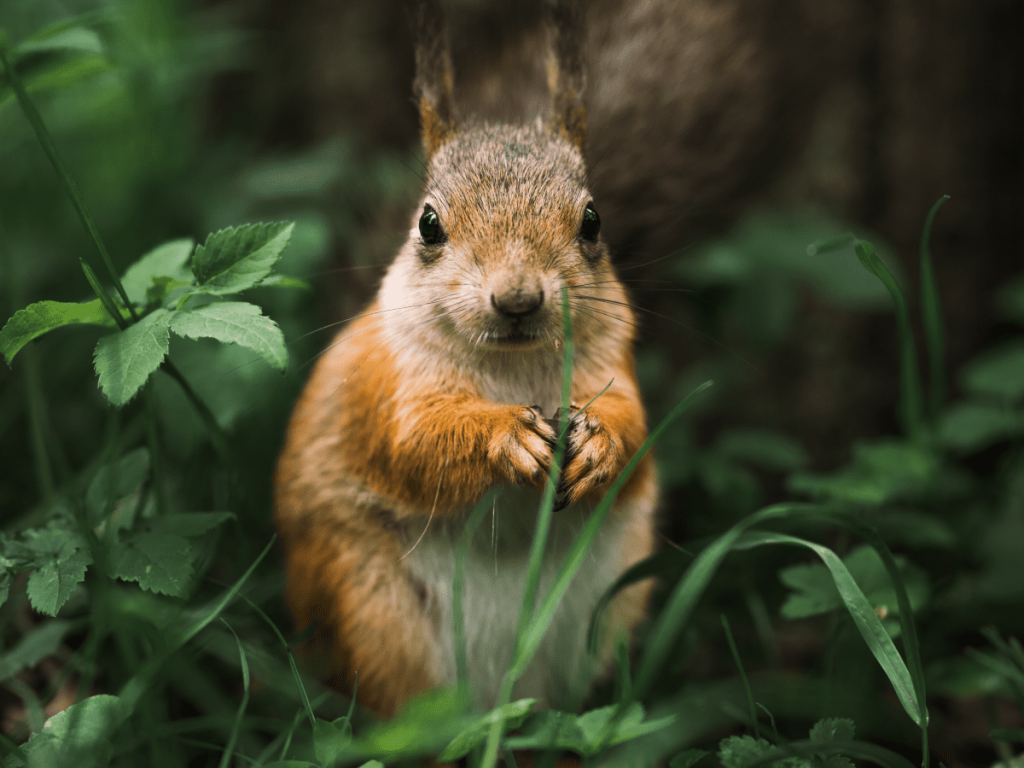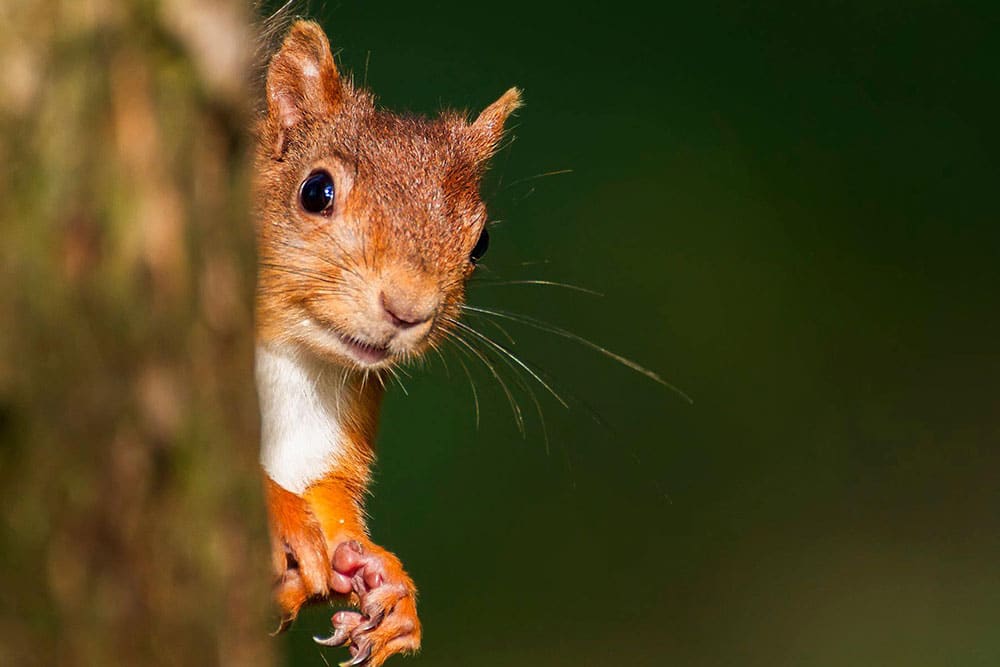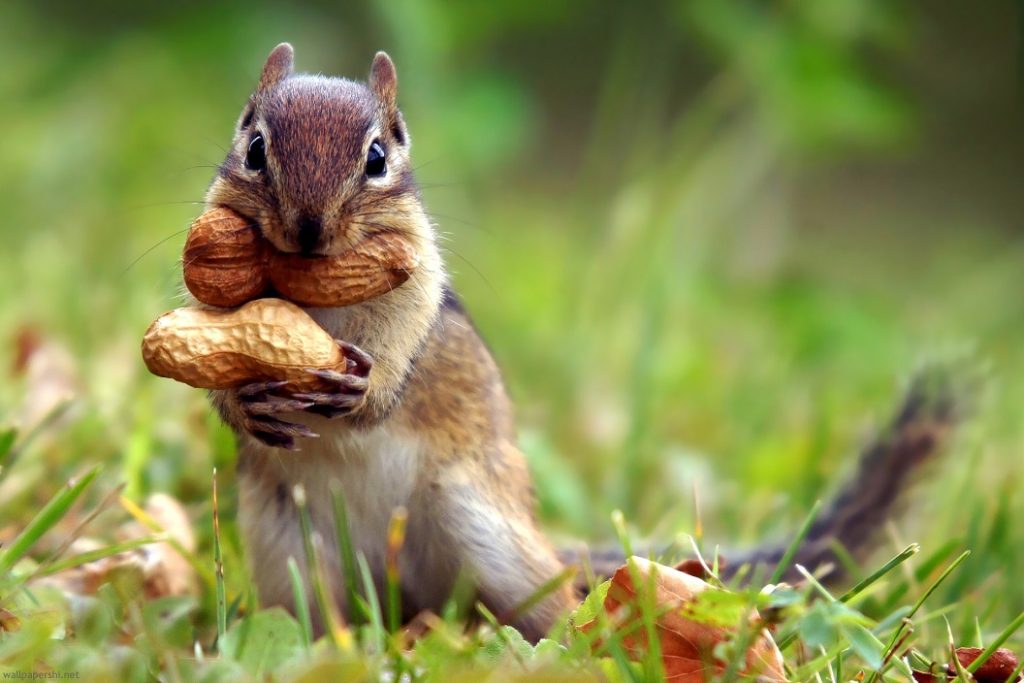
Urbanization is a process of transformation of rural areas into urban areas. It involves the development of infrastructure, creation of job opportunities, and the growth of various industries. Urbanization has been a significant force in shaping contemporary society, and it has also had a significant impact on the natural environment. One of the species that have been affected by urbanization is the squirrel population. In this essay, we will explore the impact of urbanization on squirrel populations.
Squirrels are small, agile, and intelligent rodents that are found in many parts of the world. There are several species of squirrels, including grey squirrels, red squirrels, and fox squirrels. These animals are known for their acrobatic abilities and their ability to store food for the winter months. Squirrels are also important members of many ecosystems, and they play a key role in the dispersal of seeds and the maintenance of forest habitats.
Urbanization has had a significant impact on squirrel populations. One of the most immediate effects of urbanization on squirrels is habitat loss. As cities grow, natural habitats are destroyed to make way for buildings, roads, and other infrastructure. This loss of habitat has led to a decline in squirrel populations in many urban areas. Squirrels that used to live in parks or other green spaces are now forced to find shelter in less suitable areas, such as parking lots or other areas with little vegetation. This can lead to increased competition for resources and increased predation, as squirrels are more exposed to predators in these areas.
Another impact of urbanization on squirrel populations is the fragmentation of their habitats. Urbanization has created a patchwork of green spaces that are often isolated from each other. This fragmentation can make it difficult for squirrels to find mates, which can lead to a decline in genetic diversity and an increased risk of inbreeding. Fragmentation can also make it difficult for squirrels to find food, as they may have to cross busy roads or navigate through areas with little vegetation to reach the nearest food source.

Urbanization has also led to changes in the behavior of squirrels. For example, squirrels that live in urban areas are often more active during the day than squirrels that live in rural areas. This is because there is less predation from nocturnal predators in urban areas, such as owls and foxes. Squirrels in urban areas are also more likely to be fed by humans, which can lead to changes in their diet and behavior. For example, squirrels that are fed by humans are more likely to become dependent on human-provided food and may lose their ability to forage for themselves.
In addition to these direct impacts on squirrel populations, urbanization can also have indirect impacts on the species that squirrels interact with. For example, if squirrel populations decline, this can have a ripple effect on other animals that rely on squirrels for food or other services. Similarly, if squirrels become more dependent on human-provided food, this can lead to changes in the behavior of other animals that interact with squirrels, such as birds or other small mammals.
Despite these challenges, some squirrel populations have adapted to urban environments and are thriving. For example, grey squirrels are common in many urban areas in North America and Europe. These squirrels have been able to adapt to urban environments by using human-provided food sources, such as bird feeders or garbage cans. They have also adapted to the presence of predators, such as domestic cats, by being more vigilant and avoiding areas where cats are present.

Overall, the impact of urbanization on squirrel populations is complex and multifaceted. While habitat loss and fragmentation are significant challenges for many squirrel populations, some species have been able to adapt to urban environments and thrive. However, it is important to remember that squirrels are an important part of many ecosystems, and their decline can have negative impacts on other species. Therefore, it is important to consider the impacts of urbanization on squirrel populations when planning and designing urban landscapes, and to take steps to minimize these impacts wherever possible.